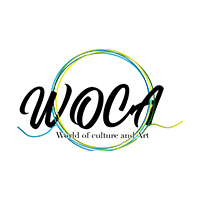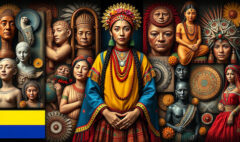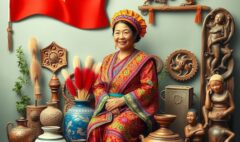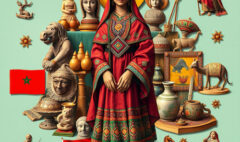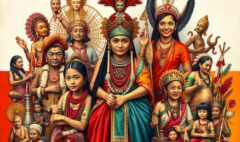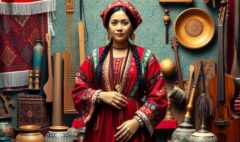Exploring the Rich Heritage of Algerian Indigenous Arts
Exploring the Rich Heritage of Algerian Indigenous Arts
Algerian indigenous arts represent a vibrant tapestry of cultural expression that has evolved over millennia. As an expert in North African art history, I’m excited to take you on a journey through the diverse and captivating world of Algeria’s artistic traditions. From intricate textiles to mesmerizing pottery, these art forms not only showcase the country’s aesthetic prowess but also tell the story of its people, their beliefs, and their way of life.
The Roots of Algerian Indigenous Arts
The origins of Algerian indigenous arts can be traced back to ancient civilizations that inhabited the region. Berber, Roman, Arab, and Ottoman influences have all left their mark on the artistic landscape of Algeria. This rich historical tapestry has given birth to a unique blend of styles and techniques that continue to evolve to this day.
Textiles: Weaving Stories into Fabric
One of the most prominent forms of Algerian indigenous arts is textile production. The intricate patterns and vibrant colors of Algerian rugs, carpets, and blankets are renowned worldwide. These textiles often feature geometric designs and symbols that carry deep cultural significance, reflecting the artisan’s tribal heritage and personal experiences.
Pottery: Shaping Tradition
Algerian pottery is another cornerstone of the country’s indigenous arts. Craftsmen and women use techniques passed down through generations to create both functional and decorative pieces. The distinctive Kabyle pottery, with its bold patterns and earthy tones, is particularly famous for its beauty and cultural importance.
Algerian indigenous arts continue to play a crucial role in preserving the country’s cultural identity. Jewelry making is an art form that exemplifies this preservation. Intricate silver pieces adorned with coral, amber, and enamel work are not just ornamental; they often serve as talismans and carry deep symbolic meaning within Algerian society.
Wood Carving: Bringing Nature to Life
Wood carving is another significant aspect of Algerian indigenous arts. Skilled artisans transform cedar, oak, and olive wood into beautiful furniture, utensils, and decorative items. These pieces often feature intricate Islamic geometric patterns or Berber symbols, blending functionality with artistic expression.
Leather Work: Crafting Everyday Elegance
Leatherwork holds a special place in Algerian indigenous arts. From ornate shoes and bags to functional water containers, Algerian leather craftsmen create pieces that are both beautiful and practical. The city of Constantine is particularly renowned for its high-quality leather goods, which showcase the pinnacle of this traditional craft.
Music and Dance: The Rhythmic Soul of Algeria
While often overlooked in discussions of indigenous arts, traditional music and dance are integral to Algeria’s artistic heritage. From the haunting melodies of Rai music to the energetic rhythms of Gnawa, these performing arts are a living, breathing part of Algerian culture.
Algerian indigenous arts face both challenges and opportunities in the modern world. Globalization and changing lifestyles threaten some traditional practices, but there’s also a growing appreciation for these art forms both within Algeria and internationally. Many young Algerians are rediscovering their artistic roots, breathing new life into age-old traditions.
Preserving the Future of Algerian Indigenous Arts
Efforts are being made to preserve and promote Algerian indigenous arts. Museums, cultural centers, and government initiatives are working to document, showcase, and support traditional artisans. Additionally, contemporary Algerian artists are finding innovative ways to incorporate traditional elements into modern art, ensuring that these cultural treasures continue to evolve and remain relevant.
Conclusion
Algerian indigenous arts are a testament to the country’s rich cultural heritage and the creativity of its people. From textiles to pottery, jewelry to woodcarving, these art forms offer a window into the soul of Algeria. As we continue to appreciate and support these traditions, we ensure that the legacy of Algerian indigenous arts will inspire and captivate generations to come.
